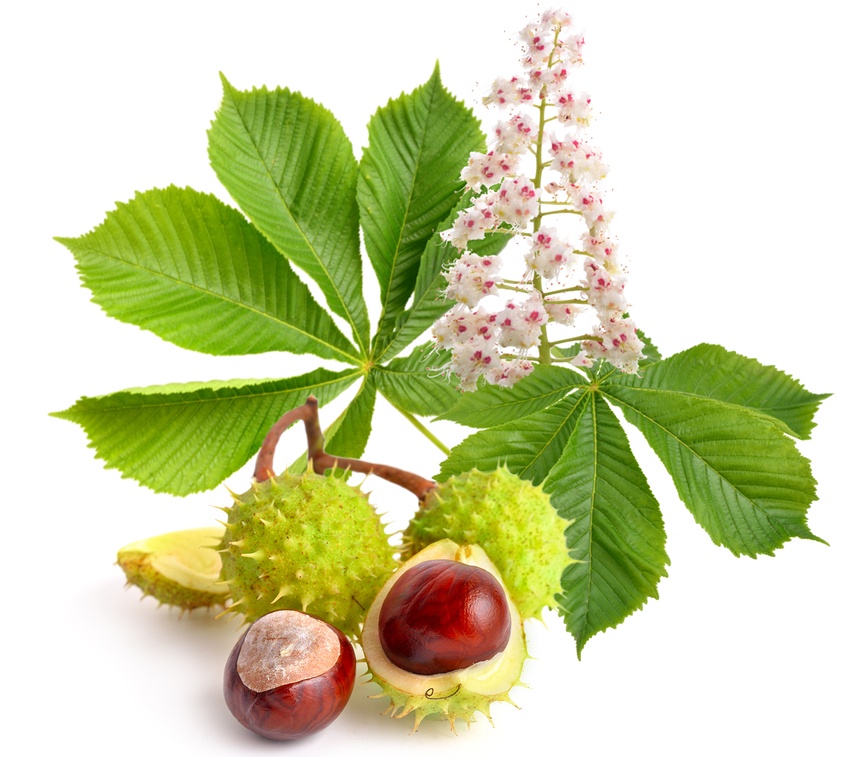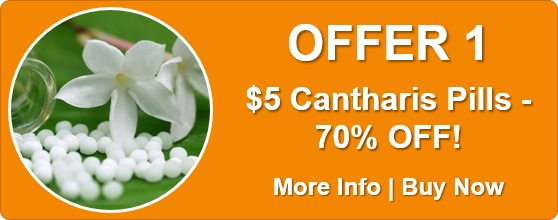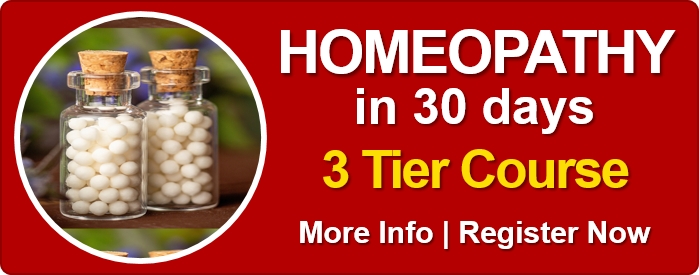Know Your Remedies: Aesculus hippocastanum (Aesc.)
 Common Names: Horse chestnut; conker tree.
Common Names: Horse chestnut; conker tree.
General Information
Aesculus Hippocastanum (Aesc.) is a remedy for venous congestion and sluggish circulation with a feeling of fullness or heaviness. Varicose veins or haemorrhoids will be present. The portal circulation may be affected and occasionally, enlarged veins in the back of the throat will be seen. The person may complain that the rectum feels dry, raw, or burn and the sensation of “sticks in the rectum” is a defining symptom. Symptoms tend to worsen during or after sleep and improve with vigorous exercise, vivid conversation or intense thinking.
Gastrointestinal (Digestive) Problems
- Haemorrhoids – large, painful, internal or protruding.
- Pain from haemorrhoids that radiates to the small of the back or hips.
- Discomfort or pain as if the rectum is full of sharp needles or sticks.
Back Problems
- Lower back pain in the lumbar, sacral, or sacro-iliac region – either from arthritis or the referred pain of haemorrhoids.
- Back pain that is worse for walking and stooping, or rising from a seat.
Leg Problems
- Sciatic pain worsened by walking, stooping or rising from a seat.
- Varicose veins with fullness and heaviness.
Where do I find it?
Aesculus Hippocastanum (Aesc.) is available from our online store as a single remedy in either pills or liquid.
Home Treatment Guidelines
Acute, Self-Limiting Conditions
Conditions like colds or minor injuries, which are short-term and typically improve on their own, can be managed at home with homeopathy. However, in emergencies or if symptoms worsen, contact your healthcare provider.
Chronic Conditions
These home treatment instructions do not apply for ongoing issues, whether mentioned above or not, like persistent allergies or chronic pain. You should consult a qualified homeopath for a personalized treatment plan to achieve the best results with homeopathy for chronic conditions.
How to Take the Remedy for Acute Conditions
- Take one pill or five drops of the remedy. The frequency depends on symptom severity. As examples:
- For life-threatening symptoms, take every 1 minute and seek emergency help immediately.
- For mild symptoms, take every 4 hours.
- Stop taking the remedy once you feel better. Resume if symptoms return.
- If no improvement after four doses, choose a different remedy or consult a professional homeopath.
- For more details on dosing, refer to: How Often to Dose with a 30C Homeopathic remedy.
- For information on the different potencies, read: Guidelines on which potency to use
Additional Notes From Past Masters
Homeopathy is a 200-year-old system of medicine. Early homeopaths recorded detailed notes on how remedies worked, including initial tests, remedy relationships, and their experiences. These writings were shared to improve homeopathic practice and now offer fascinating insights into past uses of homeopathy. Here’s an example, edited and modernised for clarity, from Leaders In Homoeopathic Therapeutics (1898) by E. B. NASH M.D.:
Leaders In Homoeopathic Therapeutics by E. B. NASH M.D.
Aesculus hippocastanum (Aesc.)
Sense of fullness and pulsation in various organs and veins (especially plethoric), as if too full of blood.
Constant dull backache across sacrum and hips; < walking or on stooping (piles, leucorrhoea, displacements etc.).
Sense of fullness, and as of sticks in the rectum (haemorrhoids).
Mucous membranes of mouth, throat, rectum are swollen, burn, dry and raw.
Coryza; thin, watery, burning; rawness and sensitive to inhaled cold air.
Frequent inclination to swallow, with burning, pricking, stinging and dry constricted fauces (Apis., Bell.).
* * * * *
This is one of the remedies that is not so remarkable for its wide range of action as it is for positiveness within its range.
Almost all its usefulness, so far as known, centres in its action in the lower back and pelvic region and ever prominent is this characteristic: Constant dull backache, affecting sacrum and hips, much aggravated by walking or stooping.
It is one of our leading remedies for haemorrhoids, and in addition to this backache there is a feeling of fullness, dryness, and sticking as if the rectum was full of sticks.
There is not the tendency to protrusion or prolapsus that there is in Ignatia, Aloe, Podophyllum and some other remedies, and the backache is often greatly out of proportion to any external evidence of piles.
This feeling of fullness seems to be a sort of general characteristic of Aesculus, but is especially prominent in the pelvic cavity.
These symptoms are often found in conjunction with other affections besides haemorrhoids, such as uterine displacements, and inflammations; and some very bad forms of leucorrhoea have been promptly cured by this remedy.
There is another quite valuable symptom in these pelvic troubles, viz.: throbbing or beating sensations, that calls for Aesculus. I have seen equally good results from the use of this remedy in the 3d, and the potencies.
I used Aesculus with great results in coryza and sore throat.
The coryza is very much like the Arsenic coryza, thin, watery, and burning, but what characterizes Aesculus here is sensation of rawness: sensitive to inhaled cold air. In the throat it has the same sensation of rawness, both in the acute form, and also in chronic follicular pharyngitis, for which it is often a good remedy.
It may be that age and use will develop more uses for this remedy.







